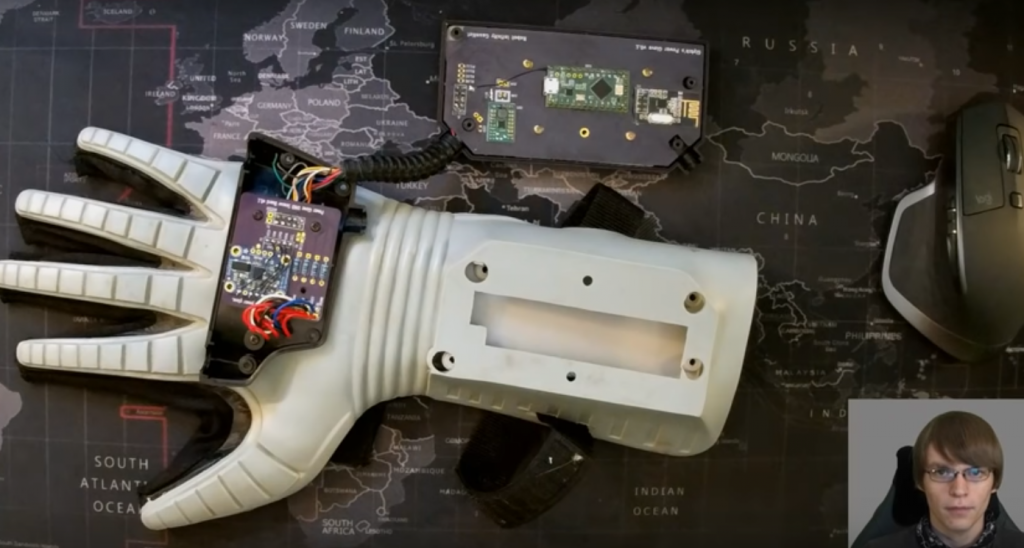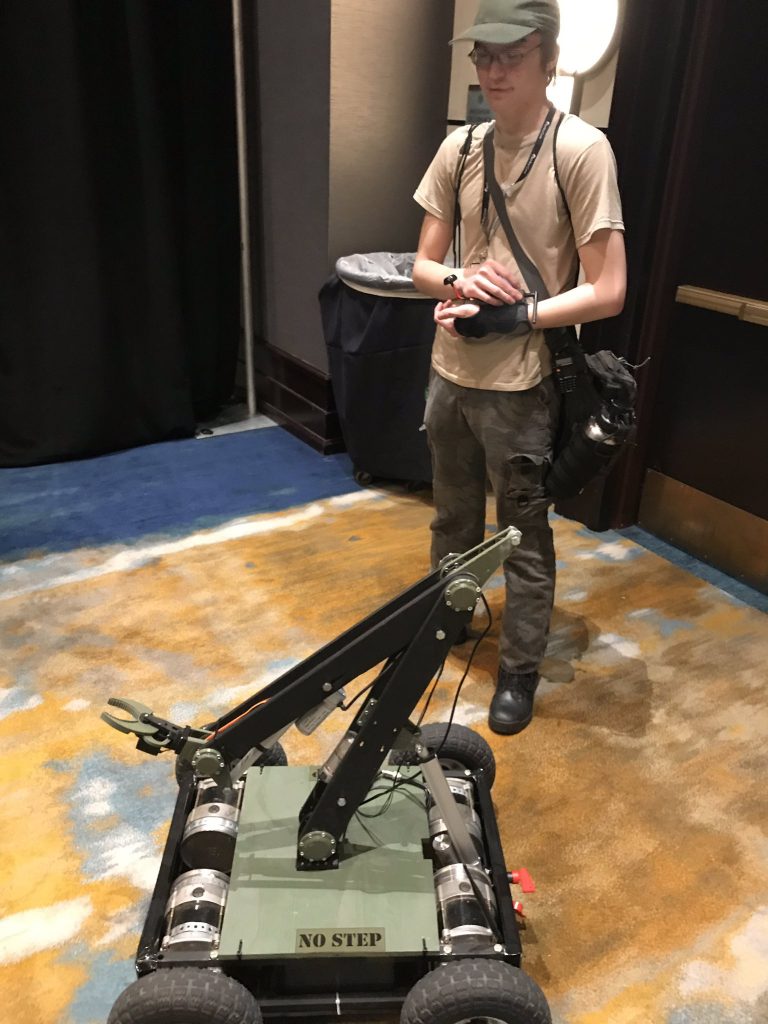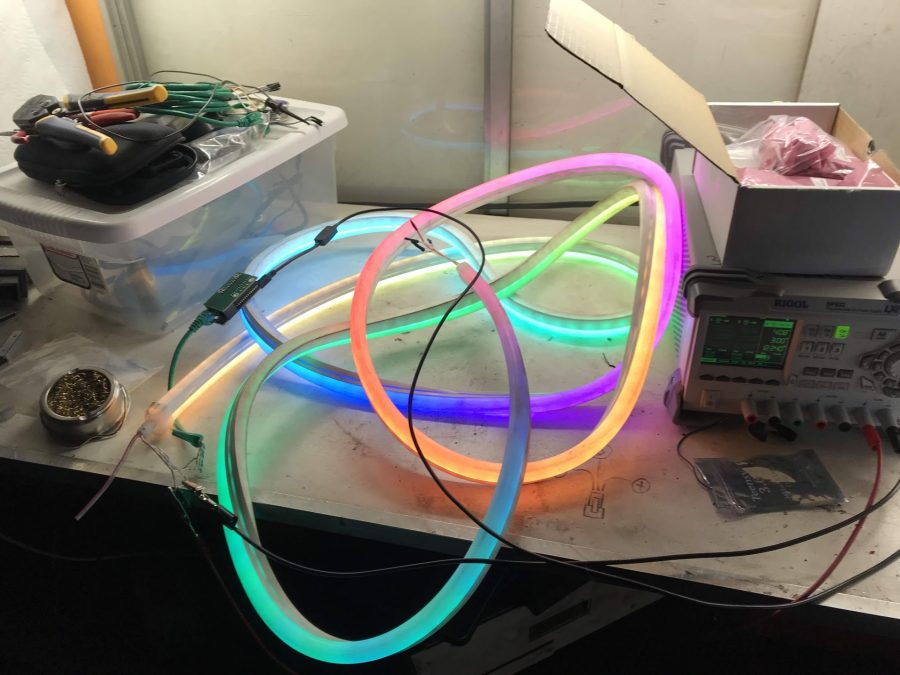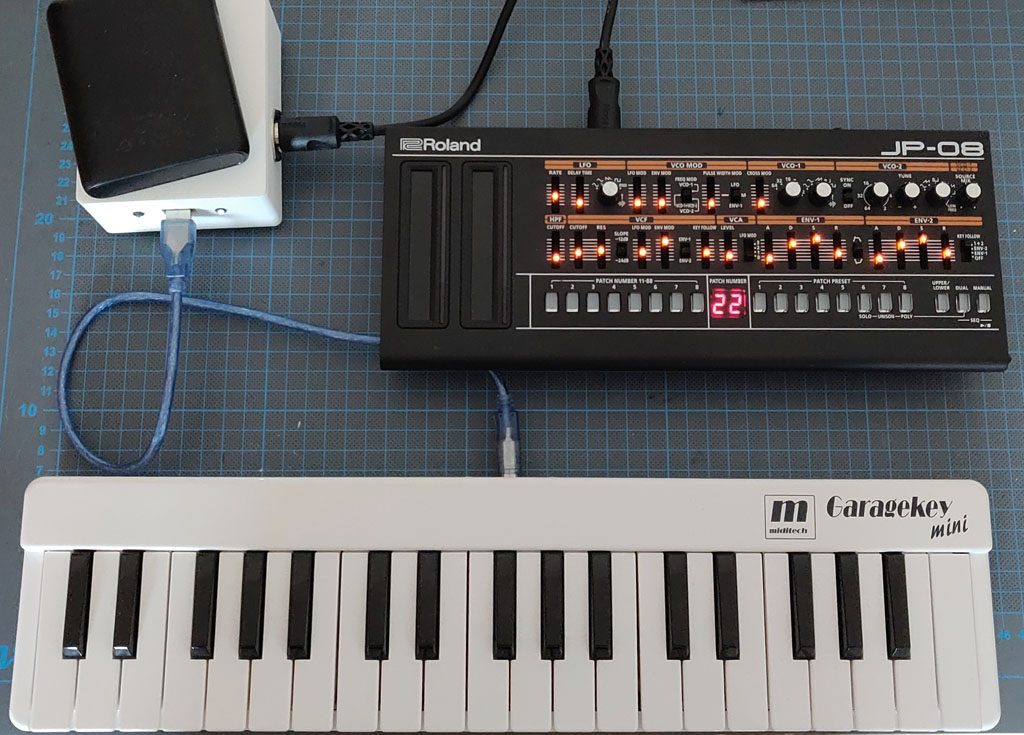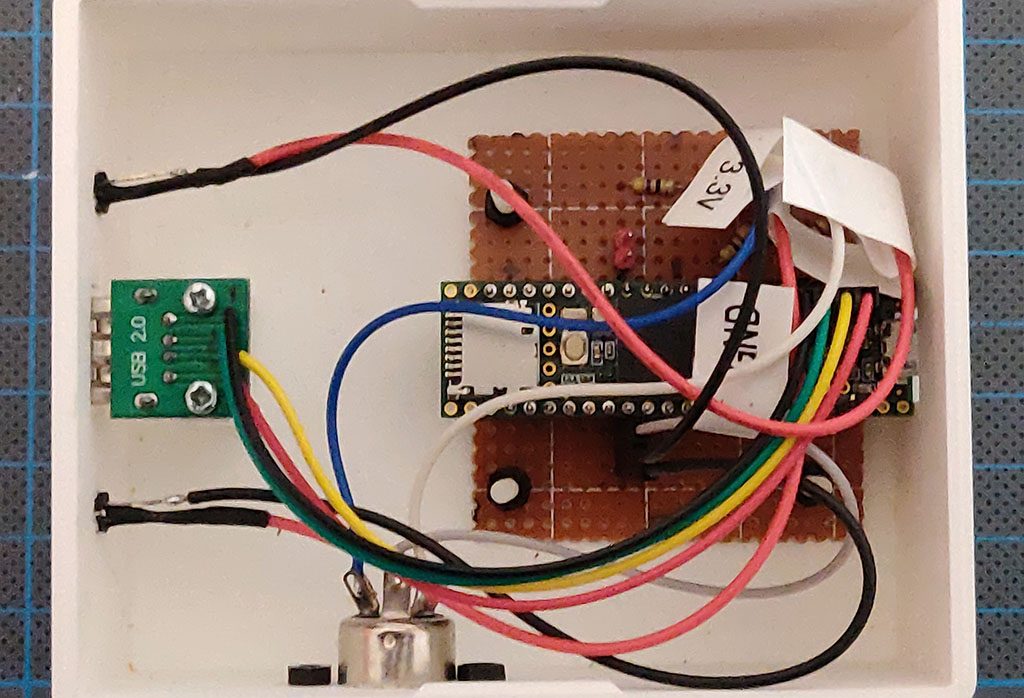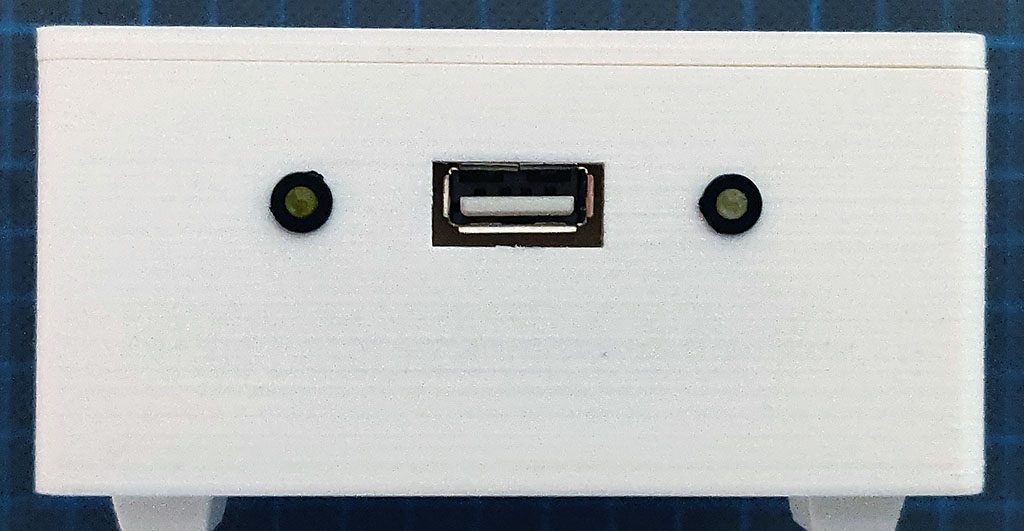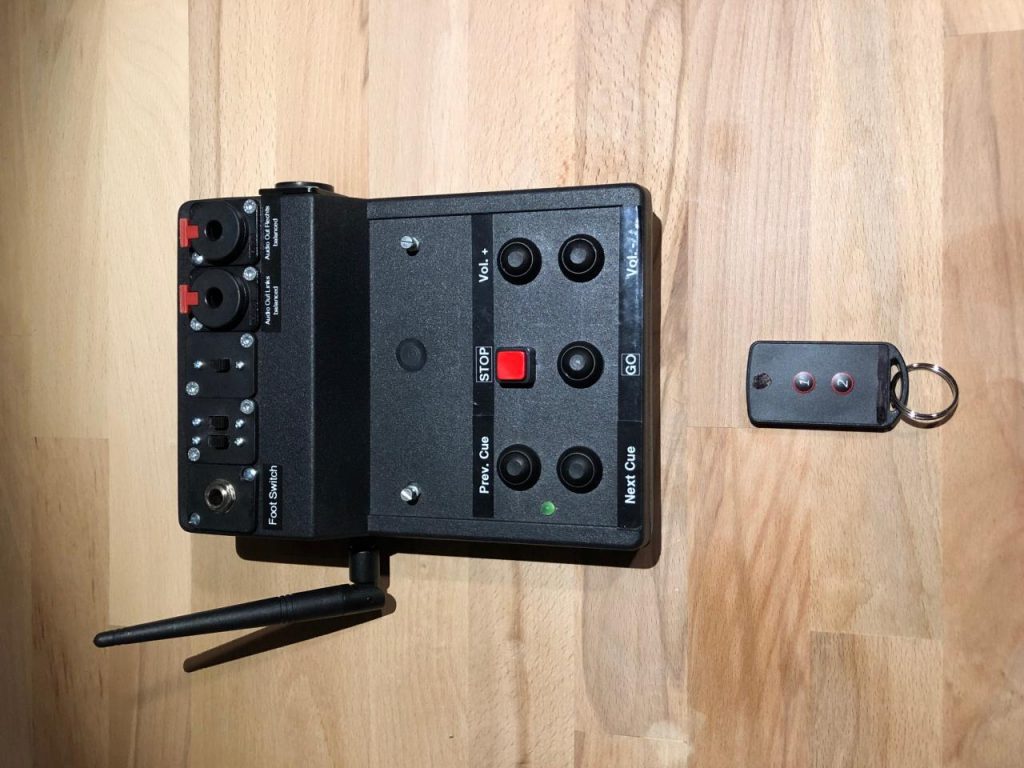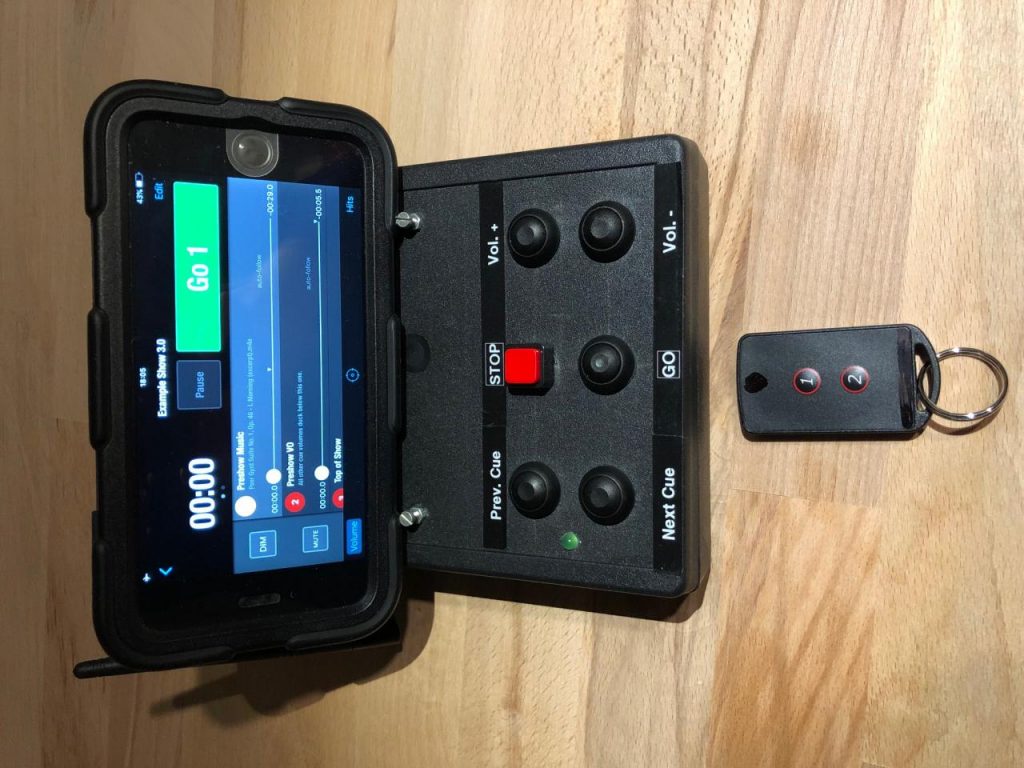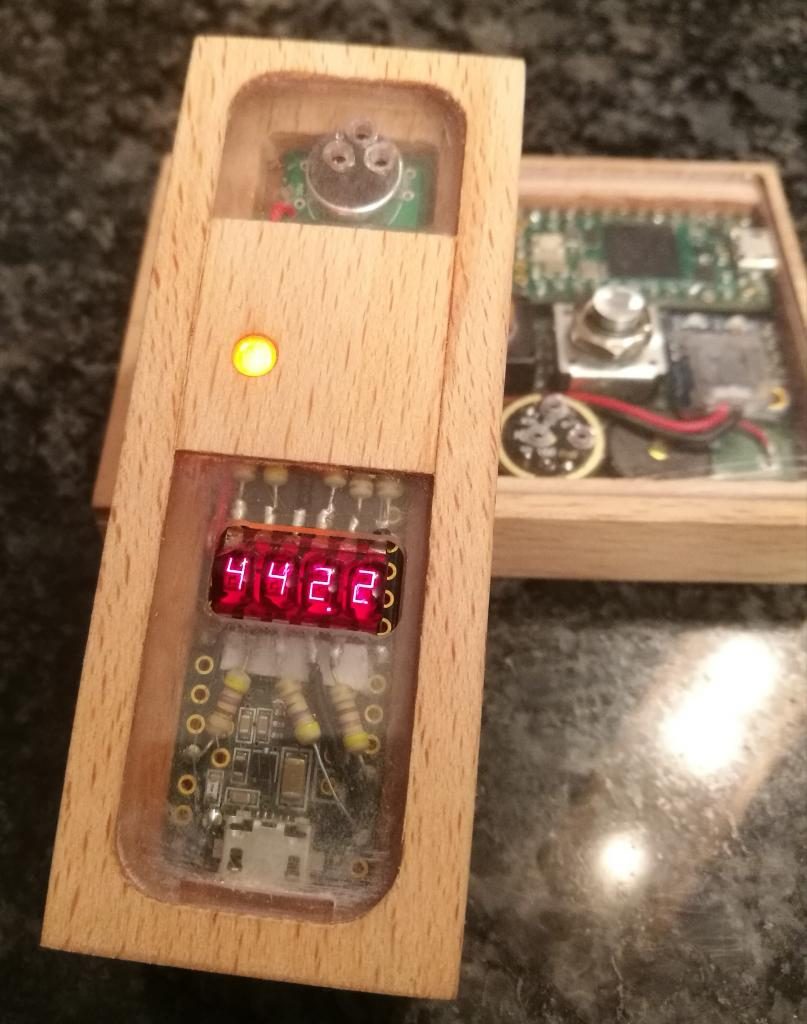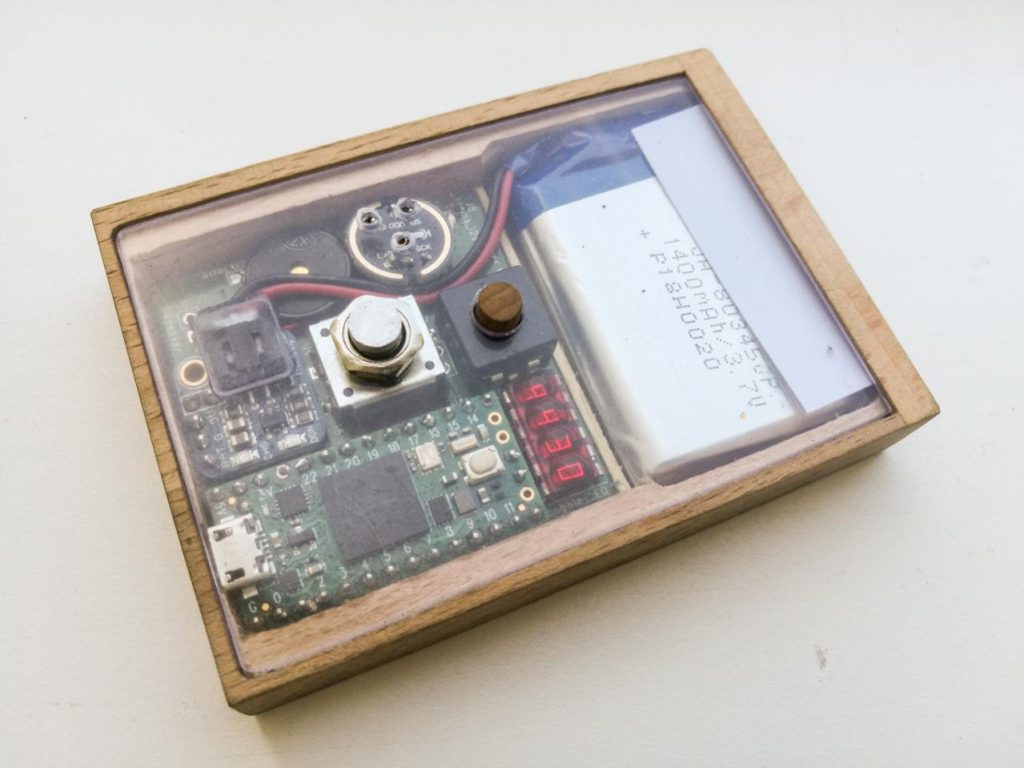A team of research scientists including John de Mello, A.J. Harvie, and T.W. Phillips have developed a low-cost, high-accuracy polarimeter that uses a Teensy 3.6.
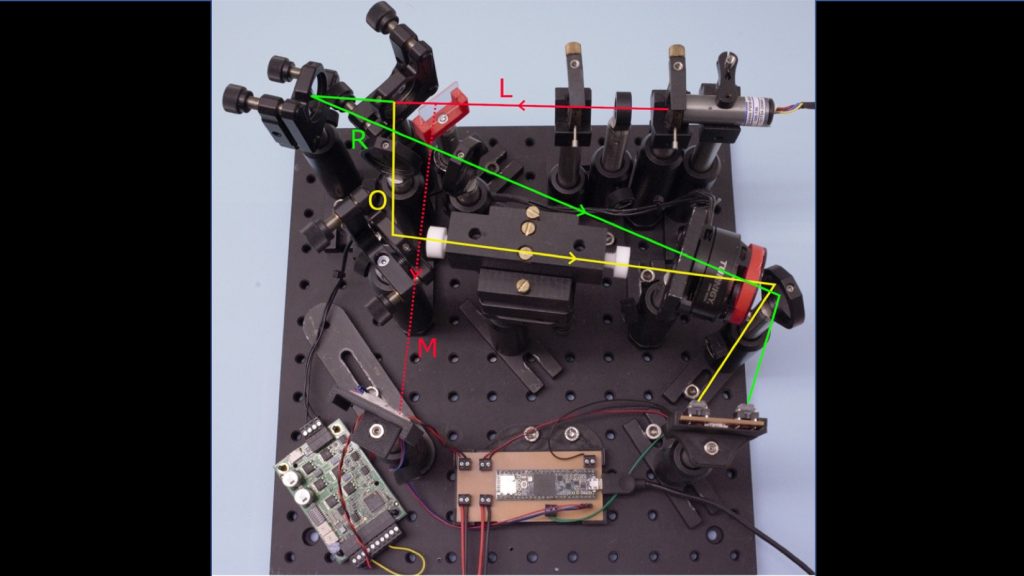
In the study released in Scientific Reports, the team reveals the inspiration for the project as well as their DIY approach to creating the plans for a low cost but high resolution open-hardware instrument suitable for scientific research.
Polarimeters are typically very expensive but extremely useful devices. They are used to measure the angle of rotation caused by passing polarized light through an optically active substance and can actually be used to distinguish chemicals as many chemicals have a unique rotational-angular signature. While the first polarimeters developed in the 60s needed to be controlled manually, modern polarimeters are motorized with integrated photo detectors and can be used to take automatic measurements. A single device, however, can cost upwards of $14,000.
In a tweet, nanomaterials specialist John de Mello stated the team wanted to create a device which could produce the same “high-end specs at a bargain-basement price.” For inspiration, the team loosely based their model on a design by the All-Russia Scientific Research Institute of Optophysical Measurements.
